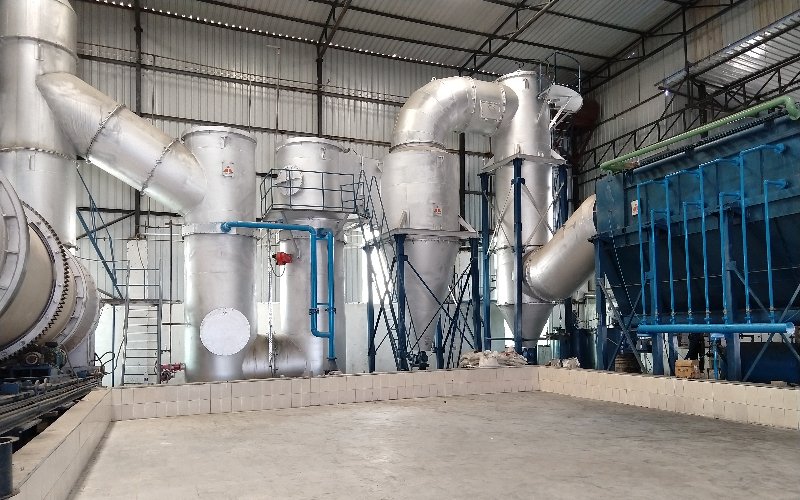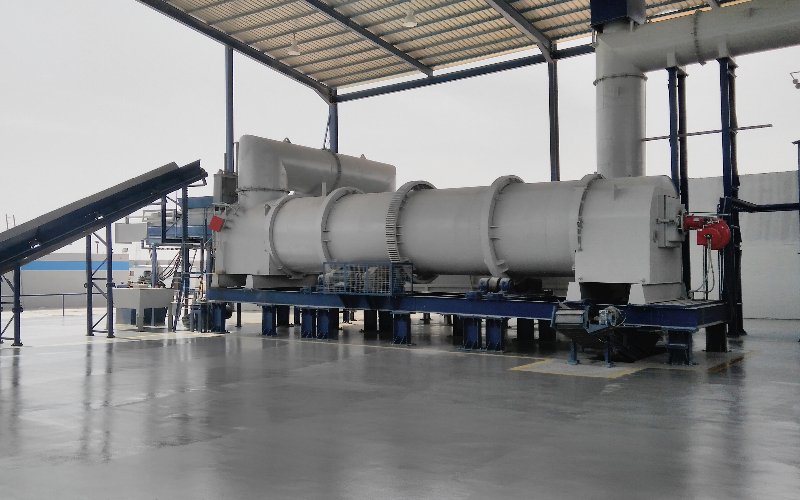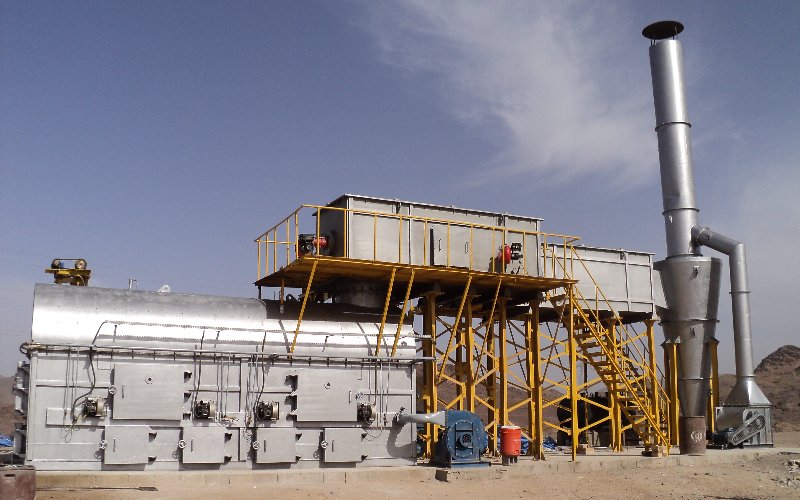Composting materials are often made up of plant material or animal waste. In this process, the waste materials’ moisture content is significantly reduced, and the organic components of the waste materials breakdown at a specific temperature in the presence of oxygen.
Lastly, it must be noted that while compost cannot get contaminated, it can become too wet, too dry, or outdated. Old compost can still be used, but it might not contain as many nutrients as new compost does.




